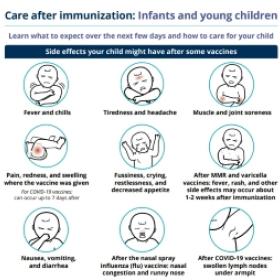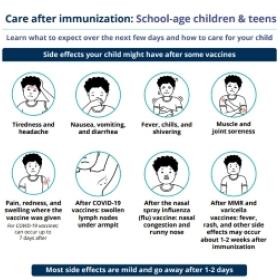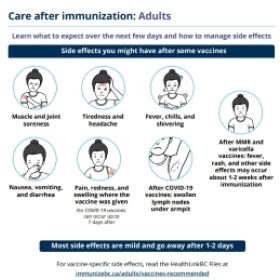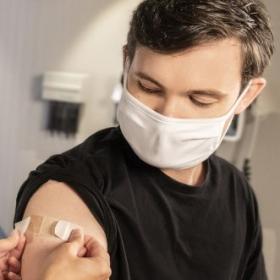On March 31, the ImmunizeBC website will move over to HealthLinkBC.ca After this date, you will be automatically redirected to HealthLink BC’s Immunization landing page. HealthLink BC provides trusted health information online and over the phone 24 hours a day, seven days a week by calling 8-1-1.
Date last reviewed:
Tuesday, May 28, 2024
HealthLinkBC
Available in Français (French), Español (Spanish), یسراف (Farsi), 한국어 (Korean), ਪੰਜਾਬੀ (Punjabi), and other languages.
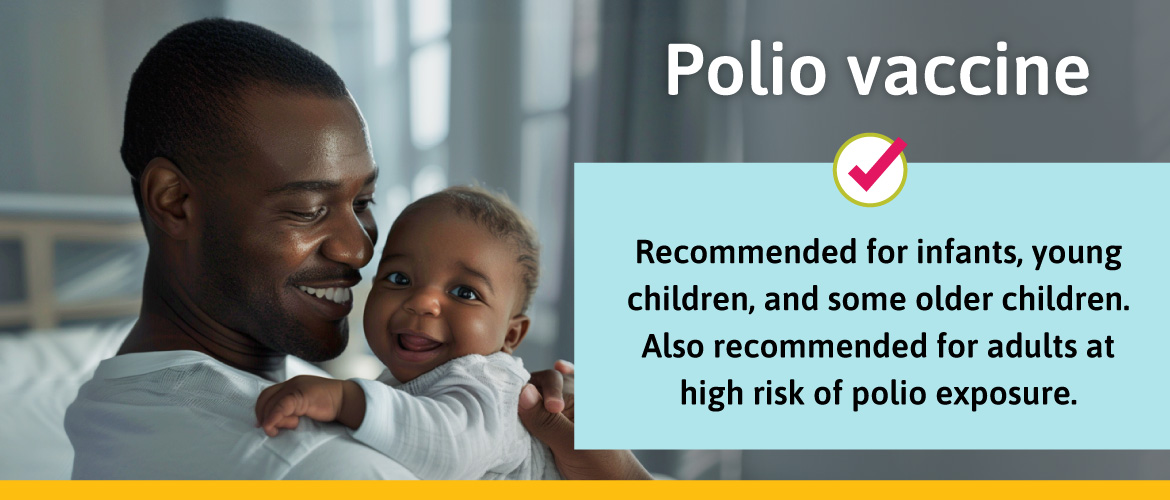
Disease it protects against
The polio vaccine (IPV), protects against:
- Polio
Polio is a serious infection that can result in paralysis of arms or legs and even death. There is no cure for polio. Learn more about polio.
Fact
Did you know?
Before the vaccine, thousands of Canadians were paralyzed or died from polio.
Who should get the vaccine
| Age | Schedule |
|---|---|
| Infants & young children |
|
| School-age children & teens |
|
| Adults |
|
How well it works
When people get all the recommended doses, the protection is almost 100% for polio.
When you get immunized, you help protect others as well. People who are immunized are much less likely to catch a preventable disease and spread it to others.
Fact
Did you know?
Thanks to vaccination, Canada has been polio-free for more than 20 years. However, until polio is eliminated globally, immunization is the best protection.
Safety
Vaccines are very safe and getting the vaccine is much safer than getting polio. Vaccine safety is a top priority in Canada. Every vaccine must be shown to be safe and effective before it is approved for use in Canada. After approval, the safety of vaccines is continuously monitored. Learn more about vaccine safety.
Side effects
Often, vaccines cause no side effects, but sometimes they do. When side effects happen after the polio vaccine, they are generally minor and usually last 1 to 2 days. Serious side effects are very rare.
Side effects of the polio vaccine can include:
- Redness, swelling, and soreness where the vaccine was given
- Fever
It is important to stay in the clinic for 15 minutes after getting any vaccine because there is an extremely rare chance of a life-threatening allergic reaction called anaphylaxis. If anaphylaxis happens, you will be given medicine to treat the symptoms.
Let your immunization provider/clinic or health care provider know if you or your child have any serious or unexpected side effects after immunization.
How to manage side effects
For information on how to manage side effects, view the immunization aftercare sheet below.
Who should not get the vaccine
Speak to your health care provider if you or your child has had a life-threatening reaction to a previous dose of polio vaccine or to any component of the vaccine, including neomycin, streptomycin or polmyxin B.
There is no need to delay getting immunized because of a cold or other mild illness. However, if you have concerns, speak to your health care provider.
Polio quick facts
- What is polio?
-
Polio is a disease caused by infection with the polio virus. Due to immunization, polio has been eliminated in most parts of the world. In 1994, Canada was certified as a “polio-free” country. However, until polio is eliminated globally, immunization is the best protection.
- How does it spread?
-
Polio can be spread by contact with the stool of an infected person. This can happen by eating food or drinking water contaminated with stool.
- What are the symptoms and risks?
-
While most polio infections show no symptoms, others can result in paralysis of arms or legs and even death. Paralysis occurs in about 1 in 200 people infected with the polio virus.
